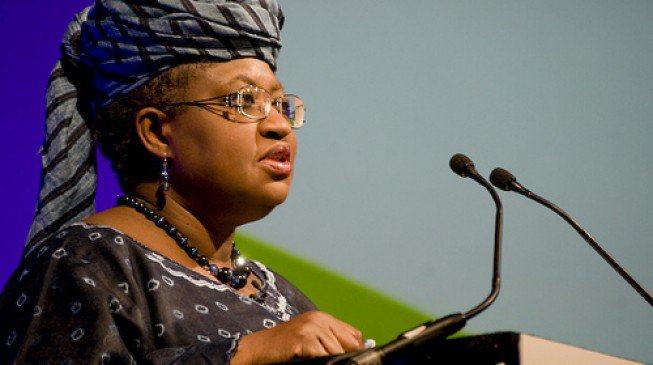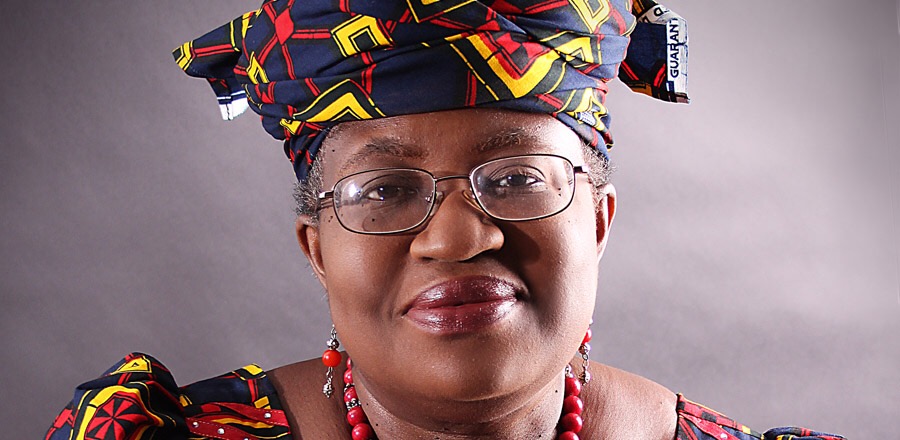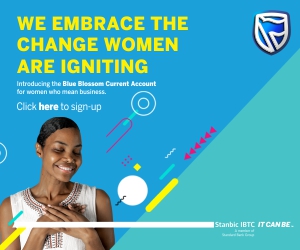Health
Ebola lessons for fighting COVID-1 by Ngozi Okonjo-Iweala


The Democratic Republic of Congo will soon pass a milestone marking its success in the fight against Ebola. As Africa braces for COVID-19, one lesson from the DRC is that the best hope for defeating the coronavirus is not social distancing, but a vaccine that is distributed equitably.
CAMBRIDGE – On April 12, the Democratic Republic of the Congo will mark 42 days since the last person who tested positive for Ebola was discharged from the hospital. The date is a significant milestone. It refers to twice the maximum incubation period – 21 days – of the virus, which is how the World Health Organization stipulates when an outbreak is over.
If all goes well, it will be a remarkable turnaround for the DRC and a testament to the bravery and dedication of health workers, some of whom lost their lives treating the sick. The DRC’s success in combating Ebola was overshadowed by the fact that, during that fight, approximately twice as many people died from a preventable measles outbreak.
One essential lesson for policymakers grappling with the greatest global health crisis in a century is that they must do everything in their power to prevent overstretched health systems from battling two epidemics simultaneously.
Bloodshed and fighting during a brutal civil war exacerbated the challenge facing the DRC as it fought the Ebola and measles outbreaks. The country experienced profound difficulties immunizing its population against entirely preventable diseases.
It found itself fighting a multi-front health battle when it desperately needed to marshal its available resources against a major threat.
The trajectory of COVID-19 may be less advanced in many of the world’s poorest countries, but we must not fool ourselves that a warmer climate, or a younger demographic profile, will blunt its impact.
The potential for death and disruption is even more pronounced than in the richer countries where the virus has hit hardest.
And yet weathering two significant health threats simultaneously has shown us how to prevent this nightmare scenario.
Our first priority is to maintain existing immunization programs. For measles, polio, or any other disease for which a low-cost vaccine is routinely available, it is critical that herd immunity is maintained in order to prevent any unnecessary drain on scarce health-care resources.
Next, we must bolster preparedness. A number of organizations, including Gavi, the Vaccine Alliance (of which I am Chair), have made funds available – $200-$300 million in Gavi’s case – to help the world’s poorest health systems step up surveillance activities, invest in testing, procure protective equipment, and train health workers.
Technology is playing a part, too: Despite valid privacy concerns, some countries are rolling out tracing apps – a relatively low cost, effective way to mitigate the virus’ spread. Africa is also using drones to distribute vaccines, protective equipment, and other vital supplies to remote areas.
Social distancing will slow the spread of COVID-19, but it will not win the war. Our best hope lies in finding a vaccine. While there may be 41 candidates of varying promise in the pipeline, we must learn from past mistakes.
Too often, governments have sequestered vaccines in the countries where they were manufactured. We must ensure that when an effective vaccine becomes available, it is accessible to anyone who needs it, not just the rich, fortunate few.
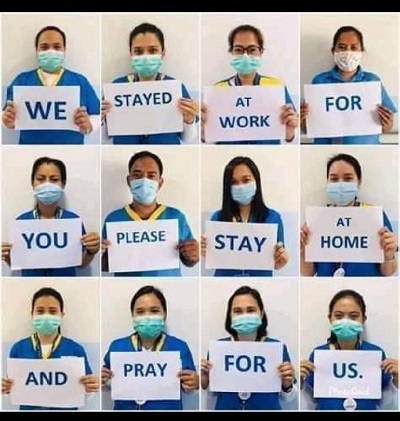

There are ways to avoid the inequitable distribution of vaccines. Gavi, which procures and distributes vaccines to 60% of the world’s children at affordable prices, regularly employs innovative mechanisms such as the International Finance Facility for Immunization, Advanced Market Commitment, and Advanced Purchase Commitment to encourage vaccine production and delivery.
In the case of Ebola, Gavi created incentivizes for Merck to stockpile an experimental Ebola vaccine that was then made available to the WHO, which deployed it in the DRC.
It can incentivize the production, scale, and equitable global distribution of a vaccine for COVID-19 as well. Poorer countries in Africa and elsewhere may be unable to deal with both the health and economic fallout of this pandemic on their own. The global effort that is already underway is essential, because COVID-19 knows no borders.
No country is safe until every country is safe. We are not yet near the end of the beginning of the COVID-19 crisis. We must use what precious time we have to bolster our weakest health systems and economies. But shoring up our defenses is not enough. We must go on the offensive by making the development and global distribution of a vaccine our highest priority.
Health
FP2030 Report Links Family Planning & Gender Equality
…The 2023 data report reveals that more women and girls than ever have access to family planning
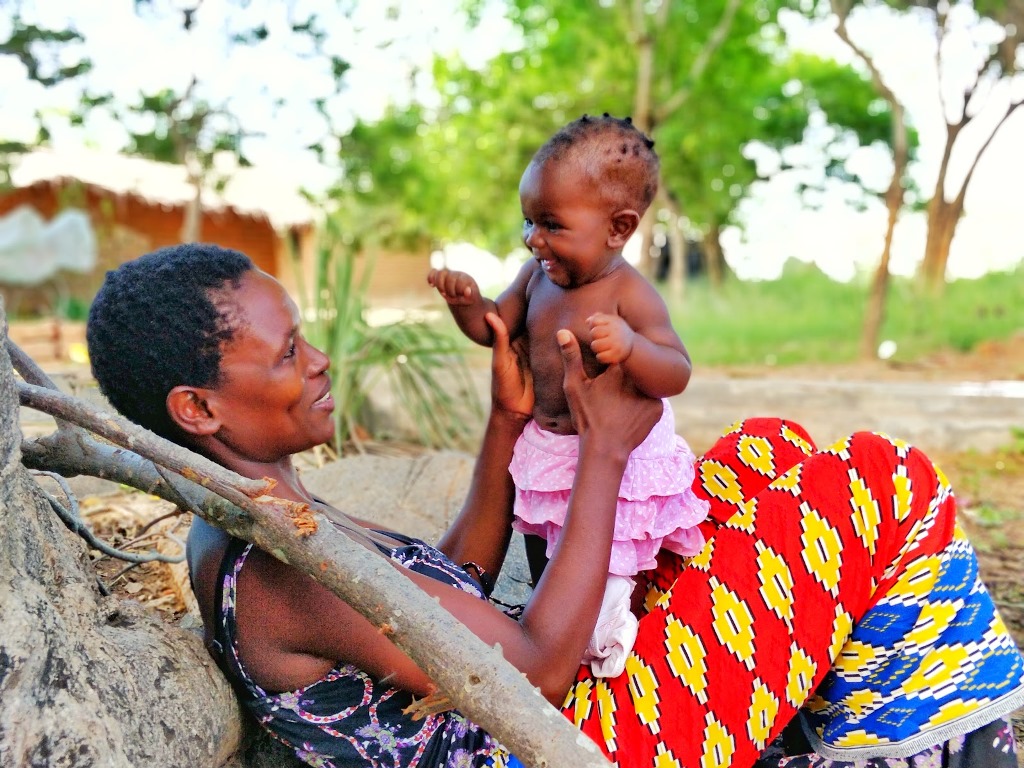

FP2030 has launched its 2023 measurement report, Meeting the Moment: Family Planning and Gender Equality.
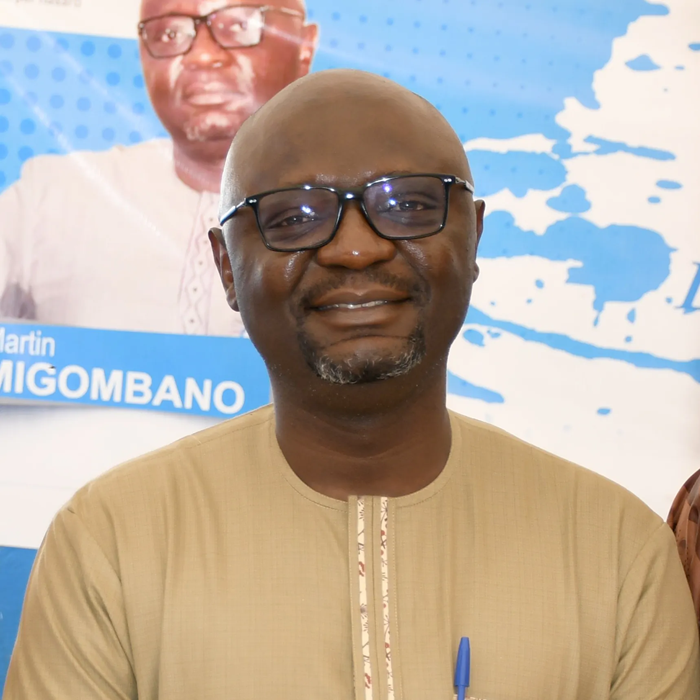

The 2023 report shows significant achievements in family planning across the globe, even in the face of stagnant funding.
Speaking during the launch of the 2023 annual measurement report in Washington DC, Dr. Samukeliso Dube, FP2030 executive director, said:
“In this report, you will hear more success stories: more people than ever before are using voluntary, rights-based contraception. You will also learn more about the opportunities ahead.”
The links between family planning and gender equality are the central theme of this year’s measurement report.
The data set covers 85 countries, including for the first time Botswana and Namibia, two middle-income countries that have now made commitments to FP2030, and Jordan, which has moved into the lower-middle income category.
The report showed that in the 85 countries reviewed there are over 1 billion women of reproductive age; an estimated 377 million of those women are using a modern method of contraception, 92 million more than were using a method in 2012.
“This year’s report comes at a critical time in our movement. We are at the intersection of several crises: globally, 800 women are dying every day in childbirth. 218 million women in the global south countries have an unmet need for modern contraception – meaning they want to avoid a pregnancy but are not using a modern method,” added Dr. Dube.
The movement for rights-based family planning is an integral part of the global push for gender equality.
Gender is at the root of every person’s ability to make and carry out decisions about sex, contraception, and sexual and reproductive health.
As the global push for gender equality gains strength, FP2030 affirms the central importance of rights-based, gender-transformative family planning.
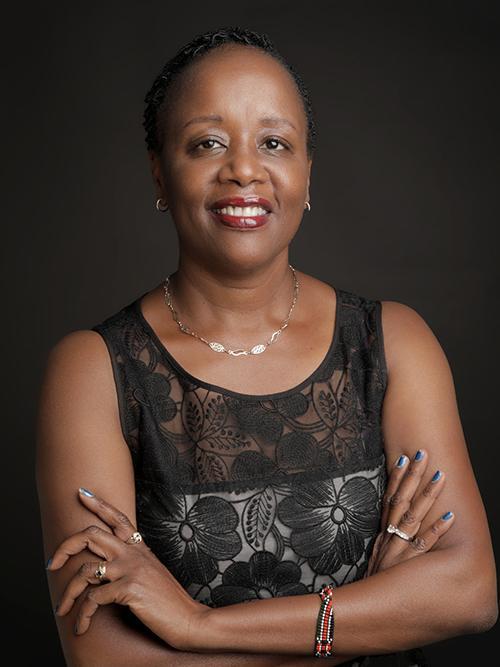

The report is the first to fully reflect the impact of FP2030’s move to decentralize from one secretariat in Washington DC, to five regional hubs in Nairobi, Kenya; Abuja, Nigeria; Kuala Lumpur, Malaysia; and Panama City, Panama; to ensure that the partnership is driven by regional priorities.
The report contains demographic updates from each region, as well as a special focus on postpartum family planning, a topic chosen by the Regional Hubs, as a high impact practice with demonstrated ability to improve maternal and newborn health outcomes and increase uptake of contraception.
Health
Cybercriminals Successfully Encrypted Data in Ransomware Attacks on Nearly 75% of Healthcare Organizations, Sophos Survey
Only 24% of Healthcare Organizations Were Able to Disrupt a Ransomware Attack Before Attackers Encrypted Their Data. This is the Lowest Rate of Disruption in 3 Years, reports SANDRA ANI


Sophos, a global leader in innovating and delivering cybersecurity as a service, today shared its sector survey report, “The State of Ransomware in Healthcare 2023,” which revealed that, among those organizations surveyed, cybercriminals successfully encrypted data in nearly 75% of ransomware attacks.
This is the highest rate of encryption in the past three years and a significant increase from the 61% of healthcare organizations that reported having their data encrypted last year.
In addition, only 24% of healthcare organizations were able to disrupt a ransomware attack before the attackers encrypted their data—down from 34% in 2022; this is the lowest rate of disruption reported by the sector over the past three years.
“To me, the percentage of organizations that successfully stop an attack before encryption is a strong indicator of security maturity. For the healthcare sector, however, this number is quite low—only 24%. What’s more, this number is declining, which suggests the sector is actively losing ground against cyberattackers and is increasingly unable to detect and stop an attack in progress.
“Part of the problem is that ransomware attacks continue to grow in sophistication, and the attackers are speeding up their attack timelines. In the latest Active Adversary Report for Tech Leaders, we found that the median time from the start of a ransomware attack to detection was only five days. We also found that 90% of ransomware attacks took place after regular business hours. The ransomware threat has simply become too complex for most companies to go at it alone. All organizations, especially those in healthcare, need to modernize their defensive approach to cybercrime, moving from being solely preventative to actively monitoring and investigating alerts 24/7 and securing outside help in the form of services like managed detection and response (MDR),” said Chester Wisniewski, director, field CTO, Sophos.
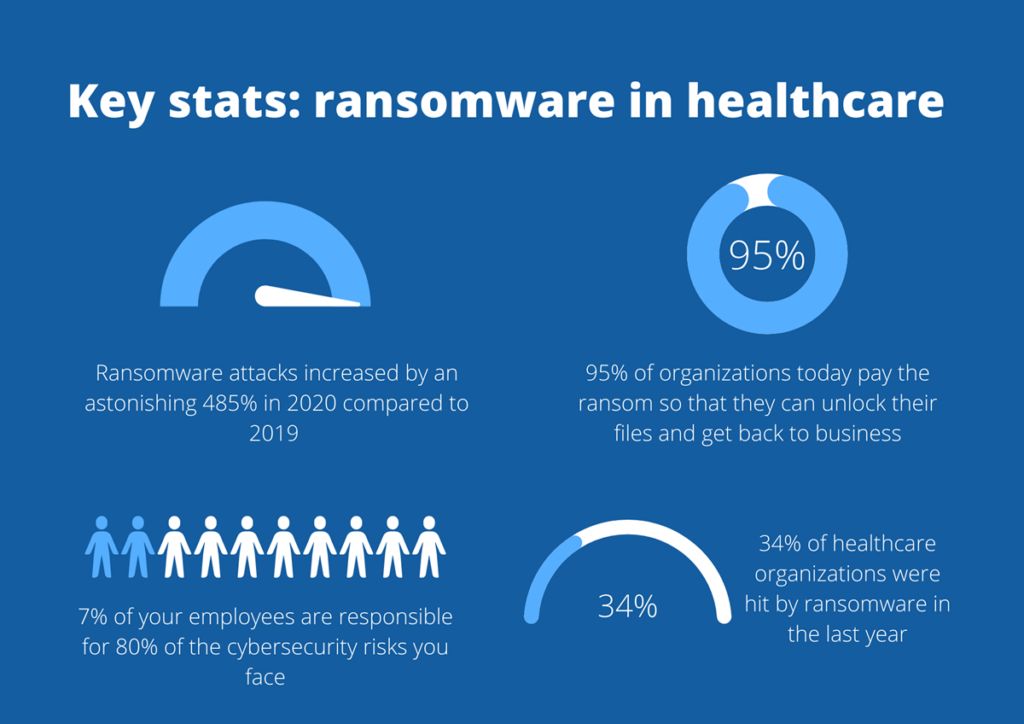

Additional key findings from the report include:
- In 37% of ransomware attacks where data was successfully encrypted, data was also stolen, suggesting a rise in the “double dip” method
- Healthcare organizations are now taking longer to recover, with 47% recovering in a week, compared to 54% last year
- The overall number of ransomware attacks against healthcare organizations surveyed declined from 66% in 2022 to 60% this year
- Compromised credentials were the number one root cause of ransomware attacks against healthcare organizations, followed by exploits
- The number of healthcare organizations surveyed that paid ransom payments declined from 61% last year to 42% this year. This is lower than the cross-sector average of 46%
“In 2016, the Red Cross Hospital of Córdoba in Spain suffered a ransomware attack that reached servers and encrypted hundreds of files, medical records and other important patient information. It was a major disruption to our operations and interfered with our ability to care for our patients. The stakes are high in ransomware attacks against healthcare organizations—and attackers know that—meaning we’ll always be a target. After this ransomware attack, we worked hard with Tekpyme to bolster our defenses, and now we have reduced our incident response time by 80%. I think the industry as a whole is making improvements, but there is still work to do, because of the constantly changing nature of cybercrime. Hopefully healthcare organizations can leverage the help that is available from security vendors such as Sophos to prevent a very real ‘threat to life’ if systems go offline due to a ransomware attack,” said José Antonio Alcaraz Pérez, head of information systems and communications at Cruz Red Andalusia in Spain.
“Cyberspace today is ripe with technically sophisticated actors looking for vulnerabilities to exploit. What all this translates to is a multidimensional cyberthreat of actors who have the tools to paralyze entire hospitals. Partnering with the private sector is critical to our mission. The information [they] share has real-world impacts and can save real businesses and real lives,” said Christopher Wray, FBI Director.
Sophos recommends the following best practices to help defend against ransomware and other cyberattacks:
- Strengthen defensive shields with:
- Security tools that defend against the most common attack vectors, including endpoint protection with strong anti-ransomware and anti-exploit capabilities
- Zero Trust Network Access (ZTNA) to thwart the abuse of compromised credentials
- Adaptive technologies that respond automatically to attacks, disrupting adversaries and buying defenders time to respond
- 24/7 threat detection, investigation and response, whether delivered in-house or by a specialized Managed Detection and Response (MDR) provider
- Optimize attack preparation, including regularly backing up, practicing recovering data from backups and maintaining an up-to-date incident response plan
- Maintain security hygiene, including timely patching and regularly reviewing security tool configurations
To learn more about the State of Ransomware in Healthcare 2023, download the full report from Sophos.com.
*The State of Ransomware 2023 survey polled 3,000 IT/cybersecurity leaders in organizations with between 100 and 5,000 employees, including 233 from the healthcare sector, across 14 countries in the Americas, EMEA and Asia Pacific.
Health
LUTH Doctor Slumps And Dies After 72hrs Call In The Neurosurgery Unit


Outrage As LUTH Doctor Dies After 72-hour Non-stop Shift
Tweeps have taken to X to share their thoughts on the death of a young doctor, identified as Dr. Umoh Michael, who died on Sunday after allegedly working 72 hours straight.
According to reports, Michael died during a church service at the United Evangelical Church on September 17. He was said to have worked a 72-hour non-stop shift at the Lagos University Teaching Hospital, Idi-Araba, where he was a resident doctor.
Doctors under the aegis of the Association of Resident Doctors, LUTH chapter, in a letter addressed to the Chief Medical Director, LUTH, Prof. Wasiu Lanre Adeyemo, attested to the fact that the young doctor was overworked.
They claimed Michael returned home at about 3:00 a.m. Sunday after a 72-hour shift in the hospital, adding that he had barely slept in their apartment before that day.
The statement partly read, “We the house officers are in deep grief over the loss of our colleague, a co-house officer (Dr Umoh Michael) who died on 17th September, 2023, after having a 72hrs call in the Neurosurgery Unit.
“He is said to have been on call 72hrs before arriving home on Sunday morning to get set for church service, reaching his worship center (United Evangelical Church) where he slumped in the church at about 11 am.”
“His roommate attested to the fact that Umoh Michael had barely slept in their apartment over the past one week as he was always on call or the day he returned home was around 3 a.m. after surgeries and other activities in the Neurosurgery Unit.”
Reacting to the sad incident, LUTH’s Public Relations Officer, Omolola Fakeye, who spoke on an online platform (not PUNCH) Online said, “It is not true that anybody worked for 72 hours. I have not been briefed about his death.
“We were at a programme yesterday (Monday), but I will find out; I can’t say anything now. I will check the medical report of what could have happened because anybody can say anything, but the medical report will show us what happened.”
May his soul rest in peace.
-



 Politics4 days ago
Politics4 days agoPresident Tinubu Bans Purchase Of Petrol-dependent Vehicles By FEC Members
-



 Entertainment2 days ago
Entertainment2 days agoWhy I’m Not Ready For Kids – Singer Burna Boy Reveals
-



 News4 days ago
News4 days agoMath Teacher Accused Of Having Sex With 2 Students And Getting Pregnant For One Tearfully Reveals The Baby Was Taken Away From Her
-



 Entertainment3 days ago
Entertainment3 days agoMen Of The Lagos State Police Command Have Arrested Singer Portable
-



 GROpinion2 days ago
GROpinion2 days agoExposing the Malicious Sabotage of MoMo PSB Project in Enugu Ezike
-



 News2 days ago
News2 days agoThe Peruvian Government Has Officially Classified Transgender, Nonbinary And Intersex People As “Mentally ill”

